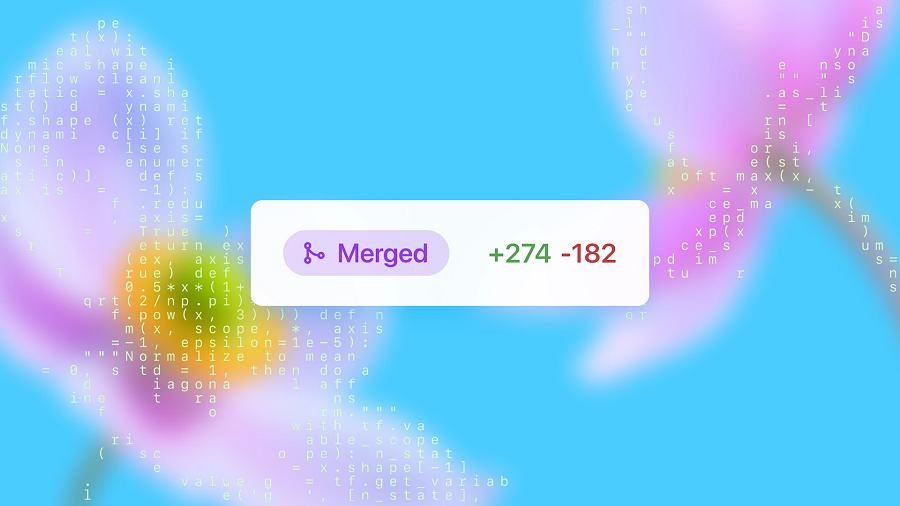OpenAI today introduced a new artificial intelligence model, GPT-5-Codex, that it says can complete hours-long programming tasks without user assistance.
The algorithm is an improved version of GPT-5 trained on additional coding data. It’s accessible through Codex, an AI programming tool included in paid ChatGPT plans.
OpenAI says that GPT-5-Codex is better than its predecessor at complex, time-consuming programming tasks. “During testing, we’ve seen GPT‑5-Codex work independently for more than 7 hours at a time,” OpenAI staffers detailed in a blog post today. GPT-5-Codex spots mistakes it makes during long coding sessions and fixes them automatically.
According to OpenAI, the model’s ability to tackle time-consuming tasks makes it particularly useful for refactoring. That’s the process of changing an application’s code base not for the purpose of adding features but rather to improve its quality. Developers might, for example, wish to reduce a code snippet’s memory usage or boost response times.
OpenAI evaluated GPT-5-Codex’s capabilities using an internally-developed refactoring benchmark. The model scored 51.3%, outperforming GPT by more than 17%.
GPT-5-Codex can adjust the amount of time it spends on task based on its difficulty. As a result, the model processes simple requests significantly faster than GPT-5. “That means Codex will feel snappier on small, well-defined requests or while you are chatting with it,” the OpenA staffers wrote.
The ChatGPT developer had employees send coding requests to GPT-5-Codex and ranked those requests based on their model-generated token counts, a measure of hardware usage. According to OpenAI, the bottom 10% used 93.7% fewer tokens than GPT‑5. The most complicated coding prompts, in contrast, cause GPT-5-Codex to spend significantly more time reasoning than GPT-5.
OpenAI says the model also brings usability improvements. If developers wish to have GPT-5 generate code that follows a particular style or best practice, they must often enter detailed natural language instructions. GPT-5-Codex reduces the need for pointers.
Codex, the AI coding tool through which the model is accessible, was until now available in two editions. One is embedded in ChatGPT and the other is a command line tool. In conjunction with the release of GPT-5-Codex, OpenAI is rolling out a third version that developers can integrate directly into their code editors.
The new Codex edition often requires shorter prompts than the other two. According to OpenAI, the reason is that it has access not only to a prompt’s contents but also the files open in a developer’s code editor. The command line version of Codex, meanwhile, now allows developers to upload explanatory images such as user interface sketches.
GPT-5-Codex is immediately available through Codex in ChatGPT’s Plus, Pro, Business, Edu and Enterprise plans. OpenAI plans to add the model to its application programming interface in the near future.
Image: OpenAI
Support our mission to keep content open and free by engaging with theCUBE community. Join theCUBE’s Alumni Trust Network, where technology leaders connect, share intelligence and create opportunities.
- 15M+ viewers of theCUBE videos, powering conversations across AI, cloud, cybersecurity and more
- 11.4k+ theCUBE alumni — Connect with more than 11,400 tech and business leaders shaping the future through a unique trusted-based network.
About News Media
Founded by tech visionaries John Furrier and Dave Vellante, News Media has built a dynamic ecosystem of industry-leading digital media brands that reach 15+ million elite tech professionals. Our new proprietary theCUBE AI Video Cloud is breaking ground in audience interaction, leveraging theCUBEai.com neural network to help technology companies make data-driven decisions and stay at the forefront of industry conversations.










